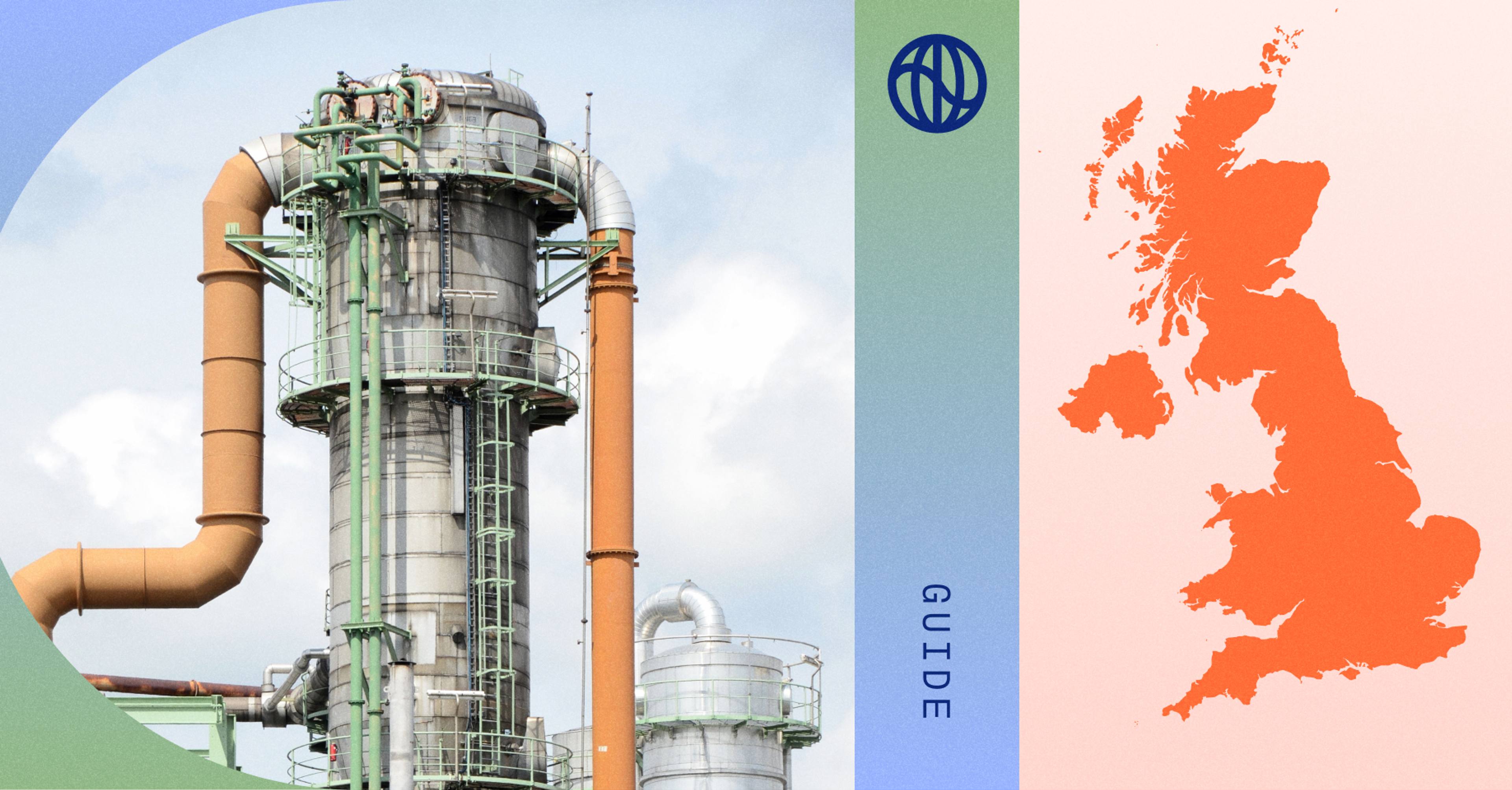The science is clear: the world needs large-scale carbon dioxide removal (CDR). While reducing emissions is crucial, it isn’t enough. We need to pull billions of tonnes of already-emitted carbon from the atmosphere, and every company has a role here.
Many of the world’s top technologists are working on taking carbon removal projects from proof of concept to industrial-scale operation. But this mission is capital-intensive, and private sector investments of all sizes are critical. The good news: supporting carbon removal can be done at all budget levels, and doing so provides real benefits to investors. Watershed helps leading companies—from global giants like Walmart to innovative startups like Boom Supersonic— find verified, high-impact carbon removal projects that are ready to scale.
The Watershed Marketplace offers a suite of scientifically vetted, high quality carbon removal suppliers that are actively removing carbon from the atmosphere right now. To date, Watershed customers have purchased carbon removal from over 30 different nature-based and permanent carbon removal projects, from direct air capture and bio-oil sequestration to reforestation and biochar.
Watershed also has a first-of-its-kind partnership with Frontier, an advance market commitment to accelerate the development of permanent carbon removal technologies. Through Frontier, Watershed customers commit to purchasing permanent carbon removal from high-potential CDR companies. The goal is to accelerate the development of permanent carbon removal technologies by guaranteeing future demand. The Watershed-Frontier partnership will give companies of new sizes and sectors access to this critical, high-impact technology, which had previously only been available to businesses able to make very large investments.
In this guide we cover why private-sector CDR investments matter, and how to fit them into your climate program.
CDR 101
In the early days of corporate climate action, “carbon neutral” was the main standard—ie. reducing emissions wherever possible, then purchasing offset credits for whatever remained. While this was an important first step towards decarbonization, it isn’t enough to just slow emissions anymore—we need to start reversing them.
There are two main approaches to CDR:
- Nature-based carbon removal
Organic carbon sinks like trees, plants, seaweed, and biochar already capture CO2. How can we increase our supply of them—and increase their storage capacity? Some of Watershed’s suppliers who are working on this include Living Carbon, TIST, and Biorestorative Ideas. - Permanent carbon removal
How do we replicate what nature does and engineer a way to remove CO2 from the atmosphere? And how do we store it in a way that locks it away forever—or at least for many human lifetimes? This is the mission of startups like Charm, Heirloom, and CarbonCure, all suppliers in the Watershed Marketplace. It can be achieved through a diverse array of technologies; Heirloom uses an affordable, energy efficient method to capture carbon dioxide and turn it into stone, while Charm turns organic biomass waste into bio-oil, a form of carbon that can be easily stored underground.
Both approaches have their place. Nature-based solutions buy us time, while frontier solutions ensure that we can solve the problem permanently.
"While reductions make up the majority of our actions towards Net Zero, we’re also focused on building relationships with best-in-class removal projects to neutralize the remainder of Block's emissions. We leverage Watershed to help diligence and curate the very best projects across a wide spectrum of leading CDR categories.” — Neil Jorgensen, Block (Watershed Customer)
Why urgent scaling matters
To avoid the worst of global warming, we need to keep the world’s temperature rise to no more than 2°C (though 1.5°C is much safer). This means we could need to remove as much as 11 billion tons of CO2 per year by 2050—more than 20% of our current emissions.
We aren’t currently on track, for two major reasons: The CDR industry is underdeveloped and underfunded, and there’s a widespread perception that only the largest companies are able to invest the amounts necessary to make meaningful change.
But the reality is, we want to take as many different cracks at this as possible. This means funding a wide diversity of credible CDR projects at different growth points. Some of these only need quite modest amounts of money to take the next step towards scaling.
We have evidence that this approach works: solar power is ~2,000x cheaper today than it was in the 60s, and is now the cheapest electricity source in history. But we have to go faster this time—using our investments to unblock progress wherever possible.
“Small purchases of frontier CDR credits help build traction and demonstrate demand for high-quality carbon credits.” — Martin Srna, Living Carbon (Watershed CDR Supplier)
The Watershed CDR playbook
When it comes to incorporating CDR investments into your corporate climate plan, we recommend five steps:
- Don’t lose sight of reductions.
While CDR is a crucial long-term investment, it’s much cheaper to avoid a tonne of emissions than to remove a tonne of CO2 from the atmosphere. Priorities should still include working with vendors on emissions reductions, rethinking corporate travel, decarbonizing your electricity bill, and making your offices as energy-efficient as possible. - Find an appropriate starting budget.
Once you’ve put appropriate amounts aside for reductions and reporting, decide how much to spend on nature-based CDR (quick wins) vs frontier solutions (the ultimate goal). - Shop responsibly.
Ensure you’re funding credible CDR efforts—with verification programs that can withstand real scrutiny. (Watershed maintains a marketplace of scientifically vetted projects for customers.) - Broadcast your actions.
Investors and employees are hungry for real action—not more greenwashing. Sharing news of your CDR investments can spur deep enthusiasm, and help attract top talent and capital. - Review and recommit.
As you get feedback on your first purchases—including progress reports from your supported vendors—consider increasing your ambition.
If Watershed can help with any of this, please get in touch.












